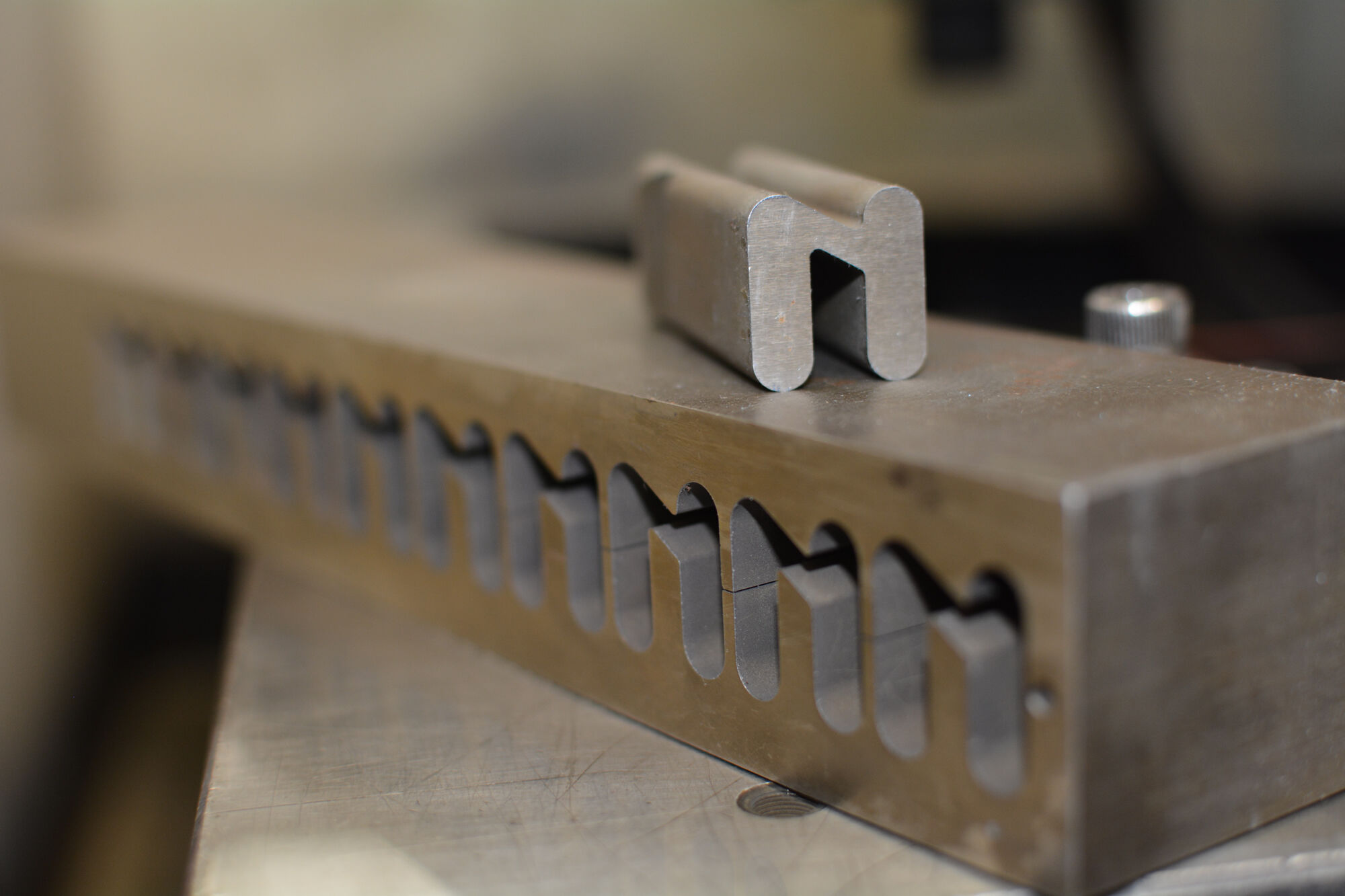
Is 3D printing set to replace machining?
The manufacturing sector naturally takes notice when a new fabrication technology comes along, one that promises an era of homemade products free from specialized machining. The much lauded 3D printing generation is the source of this excitement, but the promises seem questionable, especially when balanced against established engineering. In machining, a component is produced by the employment of milling and drilling, extrusion and lathing, processes that employ a subtractive model of operation. These are abrasive actions that produce copious amounts of heat and material wastage. 3D printing avoids such wastage by bringing additive fabrication to the design cycle, but is the technology really a viable replacement option when pitted against machining?
To underscore the differences between these two very different approaches, let's envision how a typical 3D printed part is produced. The secret behind 3D printing still lays in the two-dimensional roots of printing. The inclusion of the third plane simply comes from stacking the material, depositing finite slices of plastic or metal to form a final product. This technique is efficient and functional, but it has little manufacturing value. There's too many factors to account for when the goal is to manufacture a durable component. The segmented production model created by the layering process introduces an immediate weakness. Comparatively, a milled component is created using the highly favored subtractive model, the CNC machined reduction of a familiar grade of raw steel to form a part without losing the inherent durability of the material.
Subtracting may involve heavy forces of abrasion and friction as created by drill heads and cutting edges but the metal is still a single piece of foundry-strength matter possessing all of the dense characteristics of the substance, all the way down to the molecular bonds. 3D printing simply cannot promise this strength, and it may never be able to reach this validated rigidity point due to the substance compromising nature of stamping or layering deposits of material. A supporter of the nascent production technique might argue that this issue will be conquered over the next few years, but businesses and manufacturing companies can't afford to deal with uncertain futures where new technologies are always on the horizon. Additionally, 3D printing cannot scale, meaning the technology is not yet ready for making large components. Finally, there are few engineering facilities willing to spend large sums of cash on a technology that can't guarantee accurate manufacturing tolerances and can only work with a limited range of plastics and metals.
Where 3D printing does surpass current fabrication technology is in the craft of creating prototypes. A desktop printer in an engineers office can quickly and efficiently produce a handheld rendition of a newly formed idea. From here the engineer can present a case for demonstrating the feasibility of a new part, or incorporate changes midway through a project and show these changes to a client. Additive printing may not be about to close down machine shops staffed by expert craftsmen, but the technology is set to be a game-changer in the field of prototyping.


